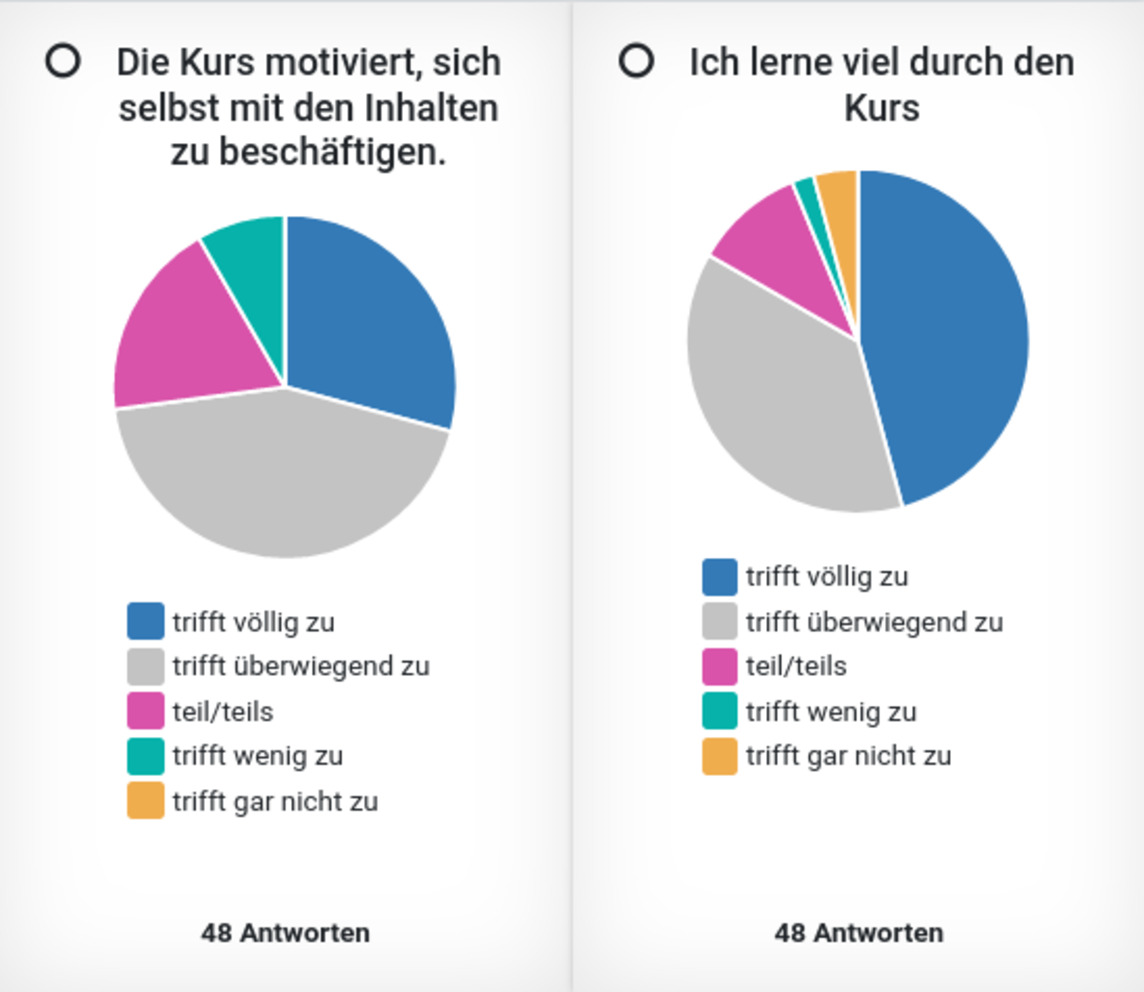Blended Learning with Jupyter Notebooks
DOI:
https://doi.org/10.25369/ll.v2i2.52Keywords:
python, jupyter notebooksAbstract
Since 2021, the optional block course "Python in Physics" has been held during the spring semester break as a blended learning programming course with knowledge transfer via inverted Classroom based on Jupyter notebooks with interactive elements and to the same extent work on concrete physical tasks in small groups in the PC pool in presence and under guidance by tutors. The article presents the organizational and technical implementation as well as the insights gained from this type of event.
Downloads
References
Lage, M. J., Platt, G. J., & Treglia, M. (2000). Inverting the classroom: A gateway to creating an inclusive learning environment. The Journal of Economic Education, 3 (1), 30 - 43,
https://doi.org/10.2307/1183338
J. Handke, A. Sperl (Hrsg.): Das Inverted Classroom Model. Oldenbourg, München 2012, ISBN 978-3-486-71652-8.
A. Sauter, W. Sauter: Blended Learning. Effiziente Integration von E-Learning und Präsenztraining. Luchterhand, Neuwied 2004, ISBN 3-472-05592-8.
https://www.ecademy-learning.com/ausbildung-digital/blended-learning/
Python: https://www.python.org/
Jupyter Notebook: https://jupyter.org/
Jupyterhub: https://jupyter.org/hub
OPAL LTI: https://www.bps-system.de/help/display/LMS/LTI-Tool
Gitlab: https://gitlab.mn.tu-dresden.de/
nbmerge: https://github.com/jbn/nbmerge
nbgitpuller: https://github.com/jupyterhub/nbgitpuller


